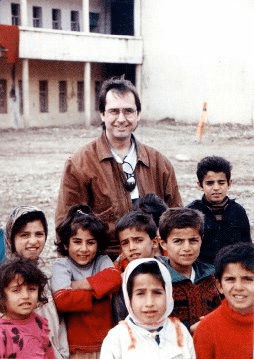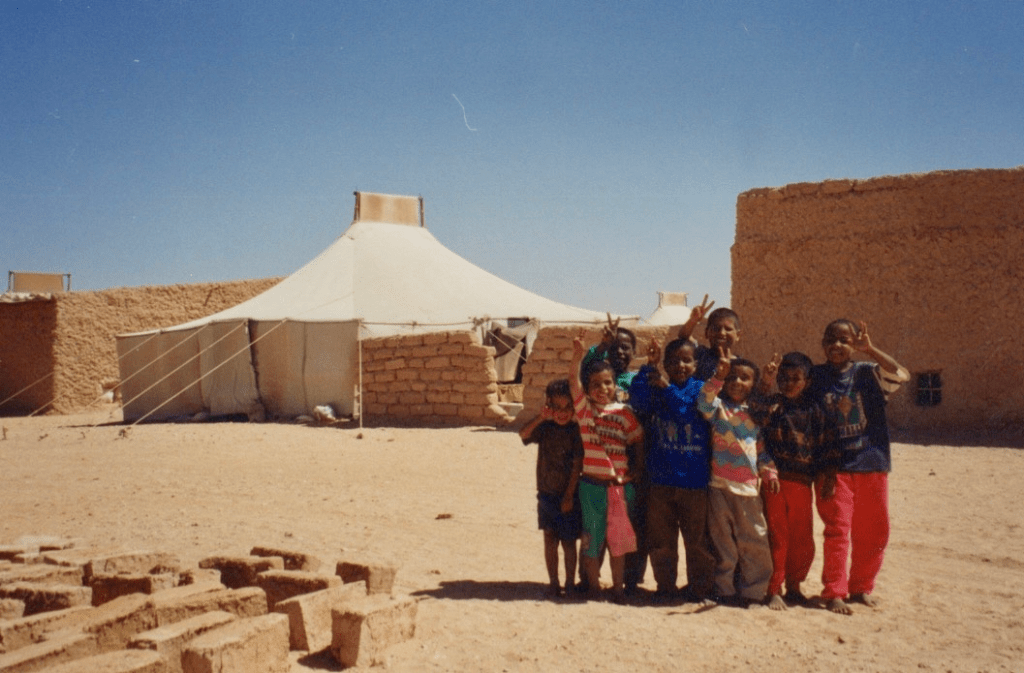Serving The Needy By God’s Grace
We provide essential services to refugees and displaced individuals, ensuring they receive the shelter, food, and education they need to thrive. Join us in making a difference!



Current Projects
Our Fundraising Efforts to Support Persecuted Christians
In recent years, the plight of persecuted Christians around the world has garnered increasing attention and concern. Many individuals face discrimination, violence, and even imprisonment simply for practicing their faith. Recognizing the urgent need to provide aid and solidarity, our organization has launched dedicated fundraising initiatives aimed at supporting these vulnerable communities.
The Importance of Supporting Persecuted Christians
Persecution of Christians occurs in numerous regions, often driven by political, social, or religious conflicts. These individuals are deprived of basic rights, including access to education, healthcare, and safety. Supporting them not only alleviates immediate suffering but also fosters resilience and hope for a better future.
Our Fundraising Campaigns
Our fundraising efforts encompass a variety of strategies designed to reach diverse audiences and maximize impact. We organize community events, online donation drives, and partnerships with local businesses to raise funds efficiently. Each campaign emphasizes transparency and accountability, ensuring that contributions directly benefit those in need.
Projects Enabled by Your Donations
Funds raised are allocated toward critical projects such as establishing safe houses, providing legal assistance, distributing essential supplies, and supporting educational and entrepreneurial programs within persecuted communities. These initiatives aim to create sustainable support systems that empower individuals to rebuild their lives despite ongoing challenges.
How You Can Contribute
Every contribution matters. Whether through a one-time donation or ongoing support, your generosity can make a tangible difference. We encourage you to participate in our upcoming fundraising events or donate directly via our website. Additionally, sharing our mission with friends and family amplifies our collective impact.
Join Us in Making a Difference
The fight against religious persecution requires collective effort and unwavering commitment. By supporting our fundraising initiatives, you become part of a global movement advocating for justice and religious freedom. Together, we can bring hope to those who need it most and stand in solidarity with persecuted Christians worldwide.
Your support is vital in transforming lives and upholding fundamental human rights.



Refugee Shelter
Schools and Clinics
Food Distribution
The Sahrawi of Western Sahara

Our visit to the Sahrawi refugee camp at Tindouf, Algeria was one of the most memorable in my lifetime. Their situation was dire with little assistance coming their way. The camp, a small city of whether worn adobe shelters and tents, was in a dry, hot and dusty place – it was the edge of the Sahara Desert, and they’d been living there for over 25 years. The people were amazing and very hospitable. We bonded easily with them and eventually started a summer-school student-exchange program for many of the students which everyone enjoyed greatly.
After the summer they returned to the desert to live out another year in obscurity with few resources and opportunities available to them. These are part of the forgotten refugees that need our help.
Refugee Shelter
Our passion is to assist refugees and displaced people making sure they have the shelter they need when they need it, often by designing and implementing our own earthquake-resistant shelters and transitional housing.
The ability to obtain decent, affordable housing is essential for development, security and freedom. Not only is shelter essential for survival, but our homes are central to our lives and the fundamental building block of a prosperous and civil society.
Yet today, there are an estimated 2.6 billion people who live in slums, shacks, shanties, favelas, and makeshift shelters. This vast and sundry collection of dwellings is euphemistically described as “inadequate housing” and is a global crisis primarily because so much of it is unnecessary.
UN-Habitat estimates, “that during the next 2 decades, the need for new and replacement urban housing is 35 million units annually.” In addition, the need in rural and peri-urban areas is even larger, bringing the total to 100 million annually or 273,973 housing units per day!
While this is indeed a dire assessment, there are solutions. Developing countries can and are creating scalable housing delivery systems that are responsive and efficient to the local housing needs. Also, the widespread adoption of Blockchain technology has the potential for transforming property rights and creating amazing new opportunities for the unbanked and working poor to build and own their own homes. All an unbanked person needs to get a loan on the home he’s building is the phone in his pocket and a link to the blockchain. This will not just revolutionize housing development on the planet, but will revolutionize how our real estate markets work.


Schools and Clinics
Building and supporting village schools, orphanages, and clinics has always been central in our outreach to communities. Each of these is an important priority for us because of their overall benefit to the community. More support is urgently needed.

